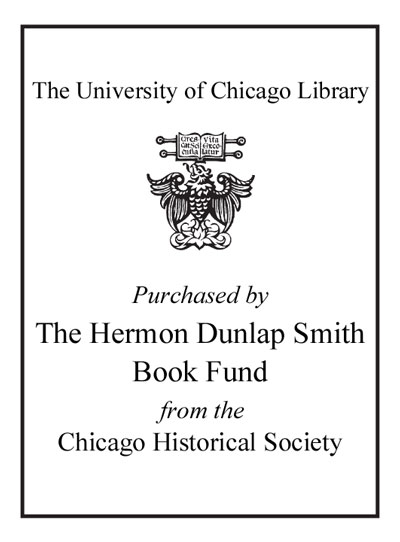| Summary: | "The 2014 police killing of Michael Brown in Ferguson, MO drew serious attention to the intersection of policing, race, and inequality in the United States. While some argue that mounting scrutiny of police is evidence of a "war on cops," decades of declining line-of-duty deaths contradict this view. Our understanding of how marginalized communities are disproportionately targeted by police through surveillance and coercive force has increased, yet few have pierced the thin blue line to investigate why police officers believe that they are in greater danger. In The Danger Imperative, Michael Sierra-Arévalo takes readers inside the institutions of policing, from police academy training to inside police stations to the squad car and street in an effort to understand why the police approach even the most mundane interactions with a plan for sudden and lethal violence. Though justified as safety enhancing, a survival-centric approach to policing - what Sierra-Arévalo calls the danger imperative - turns interactions between the police and public into heightened, antagonistic situations. Sierra-Arévalo shows how this interaction style is a mechanism for the reproduction of inequalities in police coercion ranging from stops and searches to the use of force, and that these inequitable outcomes are not dependent on officers' immorality. Instead, policing is structured as a constellation of laws, policies, and organizational processes steeped in a violent language of threat of officer safety that leads them to act on implicit biases about who is considered suspicious, guilty, and dangerous. This is, argues Sierra-Arévalo, not a failure of the criminal justice system but rather it is the criminal justice system working as intended"--
|
|---|

